Our Research & Project Websites
We maintain many websites to provide information for decision makers, building owners, industry partners, the public and government entities. Below is a list of all of our websites and what they do.
Research Websites

Commercial Building Systems
The Commercial Building Systems Group promotes the design, construction, and operation of energy-efficient commercial buildings through applied research and development, implementation strategies, and integrated, whole-building approaches.
Demand Response Research Center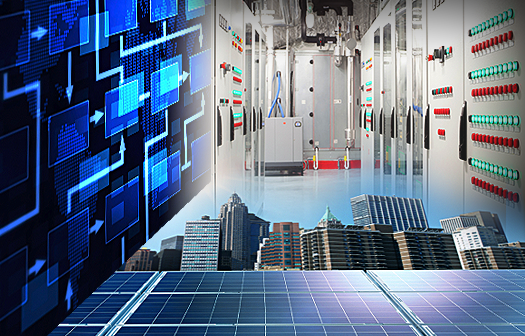
The Demand Response Research Center plans and conducts multi-disciplinary research to advance demand response within Smart Grid infrastructures in California, the nation, and abroad.
Efficient Window Coverings
Intelligent and unbiased guidance on the best window covering for your climate, your needs, your windows.
Electronics, Lighting and Networks
Our goal is to make all loads more visible, controllable, and efficient. We do the stuff that enables the Internet of Things to use less energy.
Grid-Interactive Efficient Buildings (GEB) Roadmap

Buildings account for more than 70% of U.S. electricity use, and a comparable share of power sector CO2 emissions. Improving the way electricity is consumed and reducing the overall amount of electricity consumed in buildings would significantly reduce energy costs to consumers and facilitate the transition to an emission-free economy.
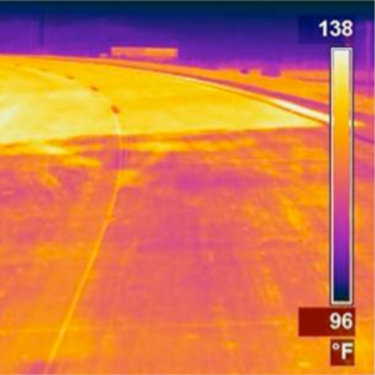
Heat Island
The Heat Island Group at Lawrence Berkeley National Laboratory works to cool buildings, cities, and the planet by making roofs, pavements, and cars cooler in the sun.

High-Tech Industries
The High-Performance Buildings for High-Tech Industries site provides resources to increase the energy efficiency of data centers, laboratories, hospitals, and cleanrooms.

Industrial Applications
Our team collaborates with governments, utilities and industry to encourage more efficient use of energy and other resources in the industrial sector. We accomplish this by developing energy and demand management practices, analysis and technologies. We perform our work in the U.S. and throughout the world.
industrialapplications.lbl.gov
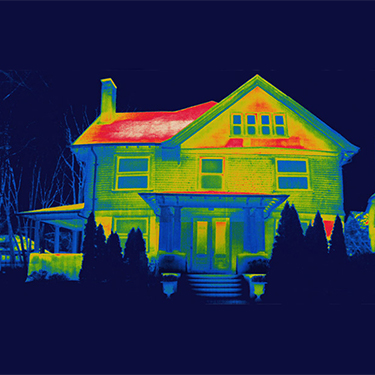
Residential Building Systems
The Residential Building Systems group (RBS) works on problems associated with whole-building integration involving modeling, measurement, design, and operation. Most of its tasks focus on the movement of air and associated penalties involving distribution of pollutants, energy and fresh air.

Simulation Research
The Simulation Research Group specializes in the research, development and deployment of software that support the design and operation of buildings, as well as the research of next-generation building energy and control systems.
![]()
Sustainable Operations
The Sustainable Operations (SO) Group conducts research where energy management meets the behavioral dynamics of organizations. Our objective is driving better energy performance. We harness expertise in technology implementation, operations and organizational behavior to foster evolution toward a efficient and productive future.

Windows & Daylighting
Supporting the mission of the Department of Energy to increase the energy efficiency of windows and buildings. We accomplish this using advanced technology development, algorithms and software tools, supported by an extensive array of testing facilities and experienced scientists.
Project Websites

Building Energy Data Exchange Specification (BEDES)
The Building Energy Data Exchange Specification is a dictionary of terms and definitions commonly used in tools and activities that help stakeholders make energy investment decisions, track building performance, and implement energy efficient policies and programs.

Building Energy Information Systems and Performance Monitoring Tools
This website documents prior, recent, and current LBNL work in Energy Management and Information Systems (EMIS). EMIS are the broad and rapidly evolving family of tools that monitor, analyze, and control building energy use and system performance. These technologies include benchmarking and utility bill tracking software, energy information systems (EIS), building automation systems, fault detection and diagnostic tools, and automated system optimization software.
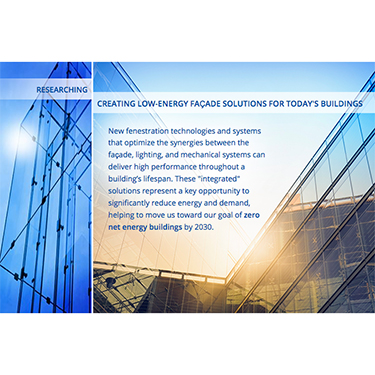
Building Façade Solutions
Developing energy-efficient window systems and studying advanced daylighting designs that allow the use of natural light in place of electric lighting. Our collaborative research is committed to serving industry needs and helping stakeholders understand how innovative solutions fit within the broad, complex context of building applications.
CalFlexHub
The California Load Flexibility Research and Development Hub (CalFlexHub) a research, development, validation and implementation program led by Berkeley Lab. Its goal is to advance the capability of buildings to provide a flexible energy load for the state of California.
Center of Expertise for Energy Efficiency in Data Centers (CoE)
The Department of Energy-led Center of Expertise for Energy Efficiency in Data Centers demonstrates national leadership in decreasing the energy use of data centers. Through the supply of technical support, tools, best practices, analyses, and the introduction of technologies, CoE assists federal agencies and other organizations implement data center energy efficiency projects.

FLEXLAB®
The Department of Energy's FLEXLAB® at Berkeley Lab is the most flexible, comprehensive and advanced building efficiency simulator in the world, and is unleashing the full potential of improved energy efficiency in buildings.

IMPEL — Incubating Market-Propelled Entrepreneurial-mindset at the Labs
A new program launched by the U.S. Department of Energy Building Technologies Office and implemented by Lawrence Berkeley National Laboratory.
The IMPEL vision is to integrate market-oriented skillsets with the advanced scientific thinking at the national labs in order to focus early stage building technologies R&D on industry gaps, and catalyze it towards private sector engagement and impact.

Smart Energy Analytics Campaign
The Smart Energy Analytics Campaign is a program led by the U.S. Department of Energy that encourages the use of a wide variety of commercially available Energy Management and Information Systems (EMIS) technologies and ongoing monitoring practices to help uncover those energy-saving opportunities and improve building performance for the long run.
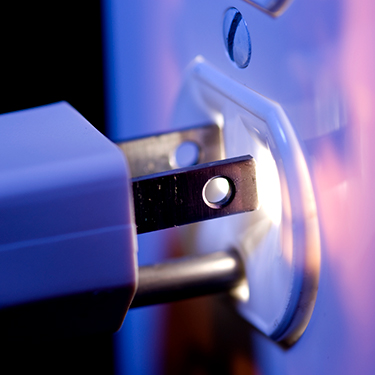
Standby Power
Standby power is electricity used by appliances and equipment while they are switched off. This website presents information on standby power and technologies to reduce it.

